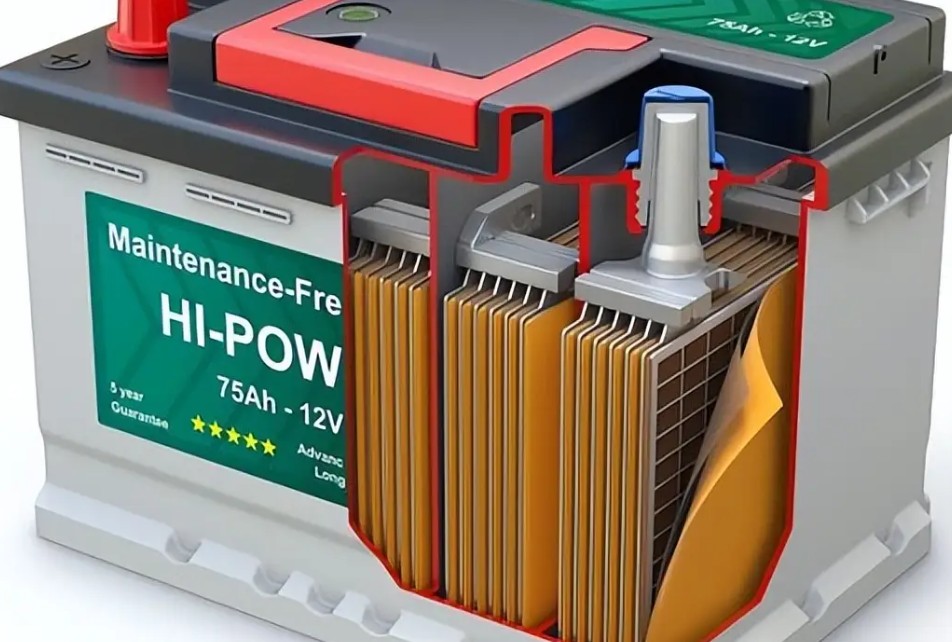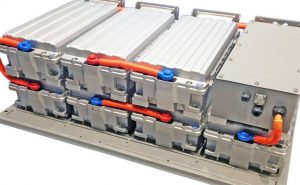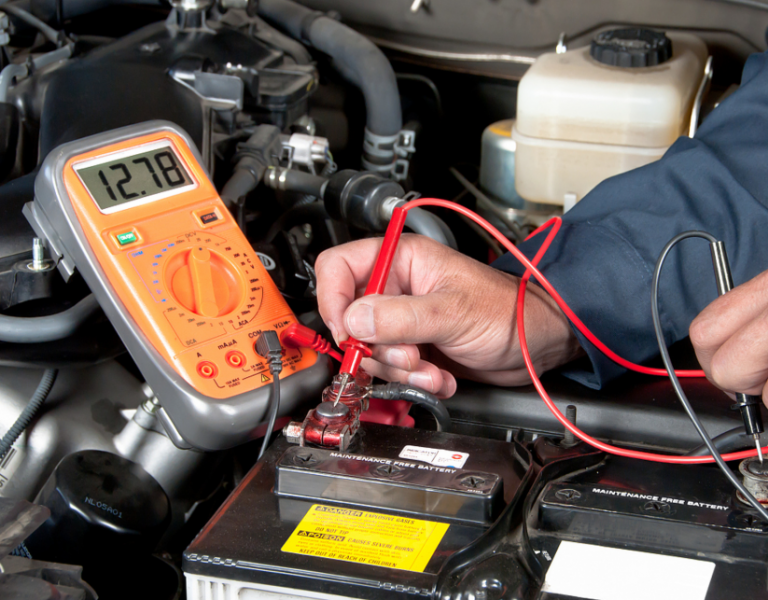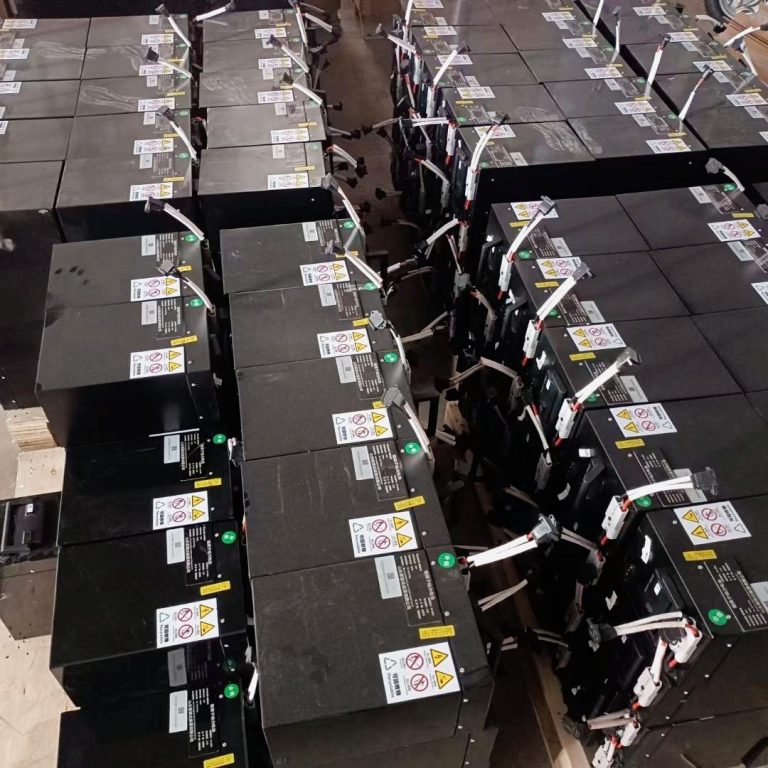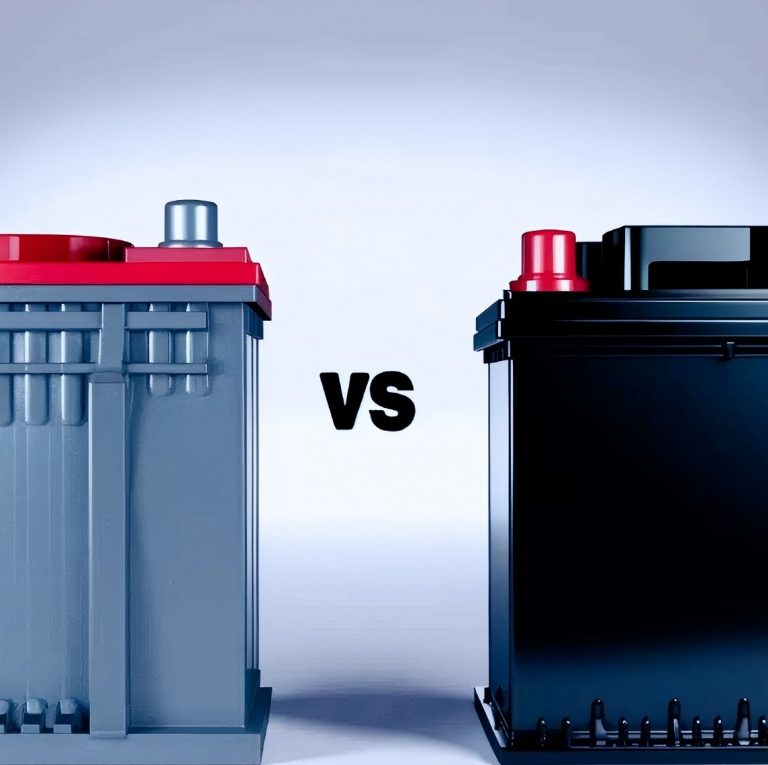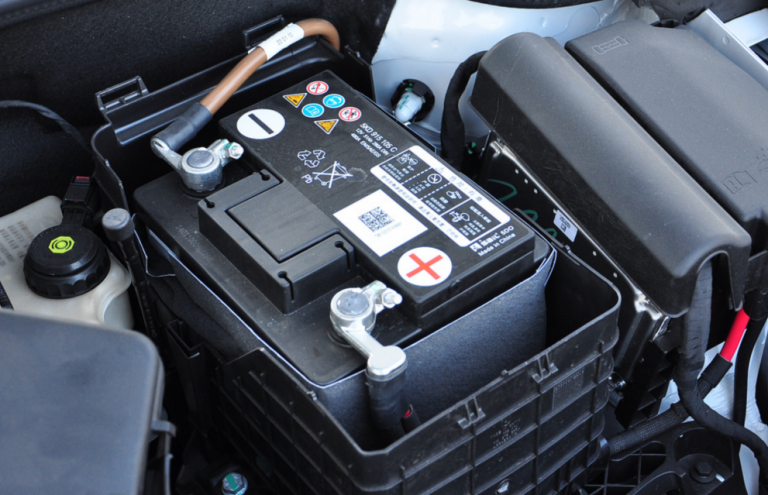12V Lead-Acid Battery vs. Lithium Battery: Key Differences, Applications, and Performance Comparisons
When choosing between a 12V lead-acid battery and a 12V lithium battery, many factors must be considered, including application scenarios, performance, lifespan, and cost. Here, we’ll explore the key differences between these two battery types, compare their advantages and disadvantages, and analyze their practical applications.
1. Application Differences: Why Are They Used in Different Scenarios?
Although both lead-acid and lithium batteries provide 12V power, they serve different industries due to their unique characteristics.
🔹 Lead-Acid Battery Applications:
- Automotive (Starter Battery): Lead-acid batteries provide a high surge current, making them ideal for internal combustion engine vehicles (cars, trucks, and motorcycles).
- UPS (Uninterruptible Power Supply): Used for emergency backup power in data centers and hospitals.
- Renewable Energy Storage: Employed in solar energy storage systems, though lithium is increasingly replacing it.
- Industrial and Heavy Equipment: Forklifts, golf carts, and construction vehicles often use lead-acid batteries due to their reliability and cost-effectiveness.
✅ Example: The DIN40 lead-acid battery (12V, 40Ah) is widely used in small cars due to its affordability and ability to provide high cold-cranking amperage (CCA 380A).
🔹 Lithium Battery Applications:
- Electric Vehicles (EVs) & Hybrid Cars: Tesla, BYD, and other EV brands rely on lithium-ion batteries due to their high energy density and long lifespan.
- Portable Electronics: Smartphones, laptops, and drones require lithium-ion batteries for lightweight, high-efficiency energy storage.
- Marine & RV Batteries: Lithium batteries are preferred in boats and RVs due to their long lifespan and fast charging.
- High-Performance Solar Storage: Lithium batteries (like LiFePO4) dominate off-grid solar energy systems due to higher efficiency and cycle life.
✅ Example: Tesla’s Model 3 battery pack uses Lithium Iron Phosphate (LiFePO4) technology, offering over 3000 charge cycles compared to 300-500 cycles for lead-acid batteries.
🔍 Why Different Applications?
- Weight Sensitivity: Lithium batteries are 60-70% lighter than lead-acid, making them ideal for mobile and weight-sensitive applications.
- Lifespan & Charging Speed: Lithium batteries last longer (up to 5000 cycles) and charge much faster than lead-acid.
- Initial Cost Considerations: Lead-acid batteries are cheaper upfront, which is why they are still widely used in budget-sensitive applications.
2. Technical Comparisons: Size, Weight, Lifespan, and Cost
| Feature | 12V Lead-Acid Battery | 12V Lithium Battery |
|---|---|---|
| Weight | 10-30kg (e.g., DIN40 is 10.65kg) | 3-6kg (Lithium is 60-70% lighter) |
| Energy Density | 30-50 Wh/kg | 150-200 Wh/kg (3-5× more) |
| Cycle Life | 300-500 cycles | 2000-5000 cycles |
| Charging Time | 6-12 hours | 1-4 hours (Fast charging supported) |
| Self-Discharge Rate | ~5% per month | ~2% per month |
| Voltage Stability | Voltage drops over discharge | More stable voltage |
| Maintenance | Requires periodic water refilling (for flooded types) | Maintenance-free |
| Temperature Sensitivity | Works well in extreme cold | Struggles in sub-zero conditions without heating |
| Price (12V 40Ah) | $50-$100 | $150-$300 (2-3× more expensive) |
📊 Data Sources:
- Tesla Battery Study (Tesla, Inc.)
- Battery University (Cadex Electronics)
- US Department of Energy (DOE) Research on Energy Storage
3. Pros & Cons: Which One Is Better?
Both battery types have strengths and weaknesses depending on usage needs.
✅ Lead-Acid Battery Advantages:
✔️ Lower Initial Cost – Lead-acid is 2-3× cheaper than lithium.
✔️ Reliable for High Power Surges – Provides strong cranking power for car engines.
✔️ Performs Well in Cold Weather – Unlike lithium, lead-acid maintains performance in sub-zero temperatures.
✔️ Recyclability – Over 95% of lead-acid batteries are recyclable.
❌ Lead-Acid Battery Disadvantages:
❌ Heavy and Bulky – A 12V 40Ah lead-acid battery weighs over 10kg, while a lithium equivalent is only 4-5kg.
❌ Shorter Lifespan – Lasts 300-500 cycles, meaning more frequent replacements.
❌ Slow Charging – Takes 6-12 hours compared to lithium’s 1-4 hours.
❌ High Self-Discharge – Loses charge faster during storage.
✅ Lithium Battery Advantages:
✔️ High Energy Density – 3-5× more energy per kg than lead-acid.
✔️ Long Lifespan – Up to 5000 cycles, reducing replacement costs.
✔️ Fast Charging – Charges 3× faster than lead-acid.
✔️ Lightweight – 60-70% lighter, ideal for EVs and portable devices.
✔️ Stable Voltage – Provides consistent power output throughout discharge.
❌ Lithium Battery Disadvantages:
❌ Expensive – 2-3× more expensive than lead-acid.
❌ Poor Performance in Cold Weather – Below -20°C, lithium requires a battery management system (BMS) to prevent freezing.
❌ Requires BMS – A Battery Management System is necessary for protection against overcharging and deep discharge.
4. Price Difference Analysis
💰 Cost Comparison: 12V 40Ah Battery
- Lead-Acid (DIN40): $50-$100
- Lithium (LiFePO4 12V 40Ah): $150-$300
💰 Total Cost Over 5 Years
- Lead-acid: Needs replacement every 2-3 years, costing $150-$300 over 5 years.
- Lithium: Lasts 8-10 years, meaning one battery could last a decade, making it cheaper in the long run despite a higher upfront cost.
5. Are There Any Universal Applications?
Yes! Some applications can use either lead-acid or lithium batteries, depending on the user’s budget and performance needs.
🔹 Solar Energy Storage
- Budget Systems → Lead-Acid (cheaper but lower efficiency)
- High-Performance Systems → Lithium (better lifespan & efficiency)
🔹 Backup Power (UPS, RVs, Boats, Camping Power Stations)
- Occasional Use → Lead-Acid
- Frequent Use → Lithium (better charge retention & cycle life)
🔹 Motorcycles & Small Vehicles
- Standard Bikes → Lead-Acid
- Performance Bikes & EVs → Lithium (weight savings & fast recharge)
Which One Should You Choose?
🚗 Choose Lead-Acid if you need a cheap, reliable, and cold-weather-resistant power source for cars, UPS, or industrial use.
⚡ Choose Lithium if you need a lightweight, fast-charging, and long-lasting battery for EVs, solar storage, and high-performance applications.
While lithium batteries are the future, lead-acid batteries still dominate in automotive and budget-sensitive applications. Your choice should depend on cost, weight sensitivity, and lifespan requirements.
What’s your experience with lead-acid vs. lithium batteries? Let us know in the comments!











